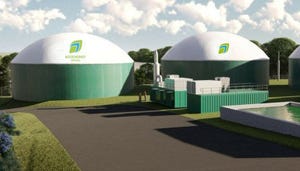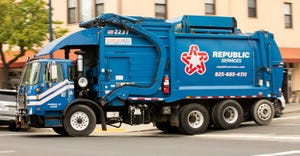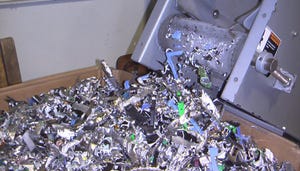Scientists Create Plastic Packaging, Film from Food Waste
Scientists claim they have found a way to convert food waste into biodegradable plastic wraps and cellophanes.
August 14, 2023

Scientists claim they have found a way to convert food waste into biodegradable plastic wraps and cellophanes.
With food waste being as big of a problem as it is, new ways are needed to help divert that waste from landfills. Currently, different areas are correcting and making better “Best By” labels for packaging, others are finding ways to repurpose the waste all together.
"We're taking food waste and then we add certain types of microorganisms, and the bacteria is going to use the nutrients in the food waste and generate the nanocellulose material out of that," Dr Dylan Liu, Federation University food scientist, says.
Nanocellulose is a tiny cellulose fiber that, according to Dr Liu, is strong and flexible, meaning it is ideal for food storage since it can be used to create cling film and other transparent packaging.
"One of the most exciting applications is in smart packaging. We can embed food extract pH responsive compounds in the nanocellulose and then create a smart label that reflects the shelf life of food products,” said Dr Liu.
Past studies have shown that some nanocellulose production techniques are energy intensive and involve harsh synthetic chemicals. However, Dr Liu notes that his process is unique because it uses food waste. Dr Liu’s process is currently under peer review at a science journal.
"We take the circular economy perspective into the design of the process, so we can use all the materials generated from the process, which means no secondary waste,” said Dr Liu.
You May Also Like


